Top 5 Windows Server Patching Tools for 2024

Windows Server Patching is a critical aspect of maintaining a secure and efficient IT infrastructure. This process involves applying updates, fixes, and enhancements to a Windows Server operating system to address vulnerabilities, improve performance, and ensure optimal functionality.
Importance of Windows Server Patching
Regular Windows Server Patching is crucial for cybersecurity. It helps in safeguarding the system against potential threats and vulnerabilities. Patching addresses security loopholes, reducing the risk of unauthorized access, data breaches, and other cyber-attacks. Furthermore, it enhances system stability, ensuring smooth operations and minimizing downtime.
Implementation of Windows Server Patching
Windows Server Patching is typically implemented through a systematic approach. Administrators schedule regular maintenance windows to apply patches without disrupting critical operations. Automated tools are often utilized to streamline the process, ensuring timely and efficient updates. Testing patches in a controlled environment before deployment is a common practice to identify and mitigate potential issues.
Types of Windows Server Patching
There are various types of patches, including security patches, cumulative updates, and service packs. Security patches primarily focus on addressing vulnerabilities, while cumulative updates bundle multiple fixes and improvements. Service packs, on the other hand, provide a comprehensive set of updates, enhancing the overall functionality of the Windows Server operating system.
Windows Server Patching Industry and Market
The Windows Server Patching industry plays a pivotal role in cybersecurity and system management. As businesses increasingly rely on technology, the demand for effective patching solutions continues to grow. The market witnesses constant innovation as vendors strive to meet evolving security challenges and provide seamless patch management solutions.
Top 5 Vendors in Windows Server Patching Tools
Microsoft SCCM (System Center Configuration Manager)
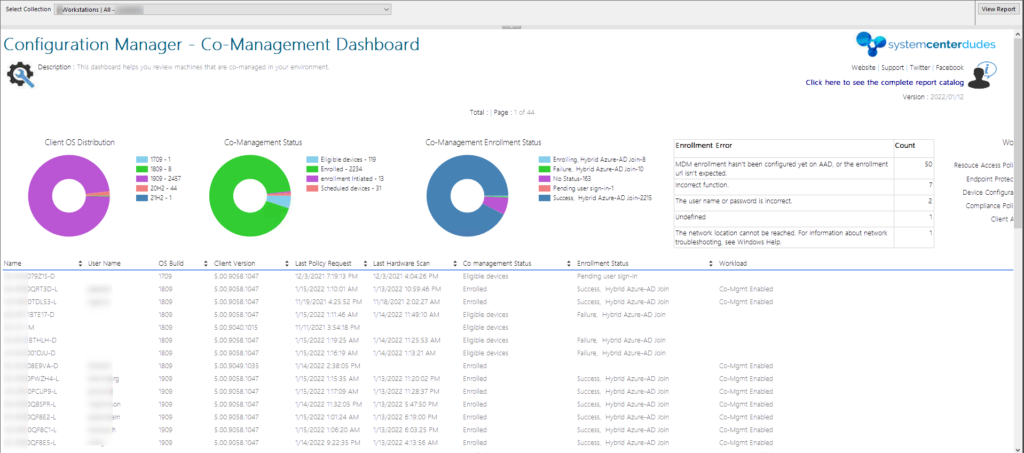
SCCM offers a comprehensive suite of features, including precise patch management, software distribution, and in-depth system monitoring. Its granular control allows administrators to orchestrate updates across large networks efficiently.
- Pricing: The pricing structure is flexible, typically based on the number of devices. This can be advantageous for organizations with varying scale requirements.
- Review: Widely recognized for its robust capabilities, some users note a learning curve associated with its extensive feature set. Despite this, SCCM remains a go-to choice for enterprises due to its integration with other Microsoft services.
Ivanti Patch for Windows Servers
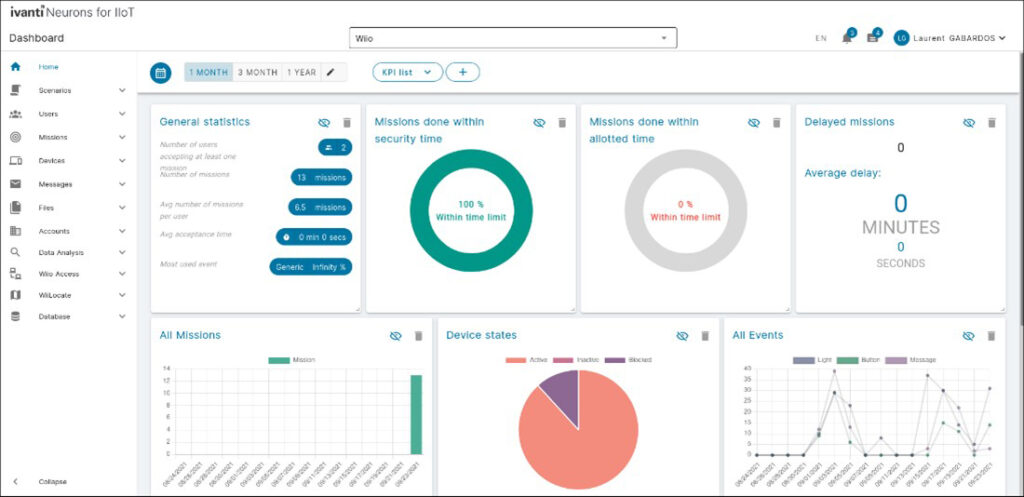
Ivanti excels in automated patch deployment, vulnerability assessment, and detailed reporting. The solution’s automation capabilities reduce manual intervention, enhancing efficiency in the patch management process.
- Pricing: Customized pricing based on the number of servers and additional features. This allows organizations to tailor their investment according to their specific needs.
- Review: Users appreciate the user-friendly interface, with Ivanti being recognized for its efficiency in managing patches. The solution’s emphasis on automation contributes to its positive reputation.
SolarWinds Patch Manager
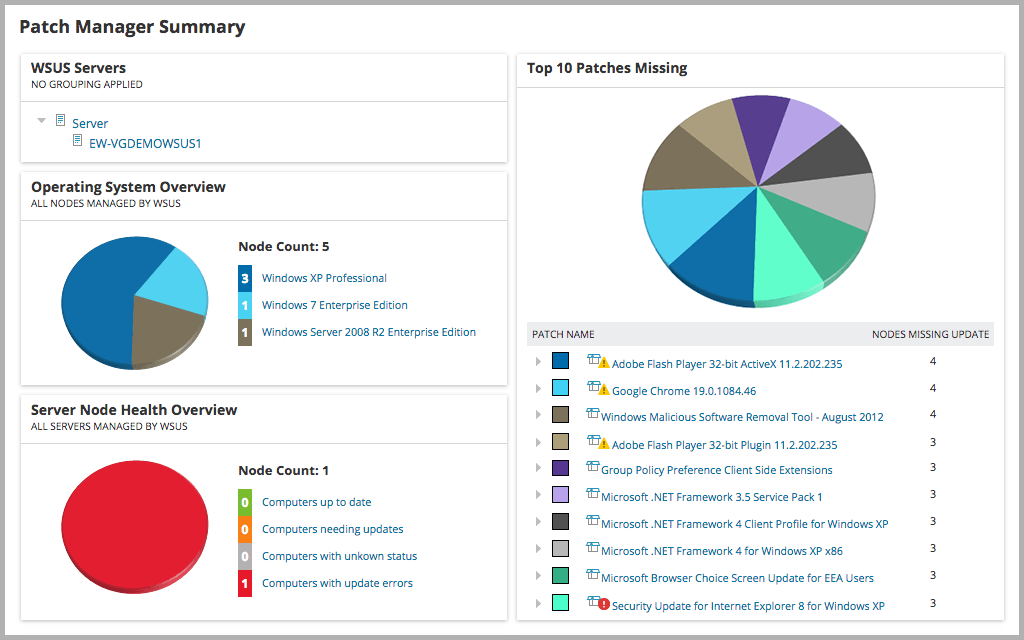
SolarWinds Patch Manager stands out with its centralized patch management, support for third-party application patching, and robust reporting functionalities. The tool simplifies the often complex task of managing patches across diverse environments.
- Pricing: Transparent pricing based on the number of nodes, offering organizations clarity in their investment. SolarWinds’ pricing model aligns with the scalability needs of various businesses.
- Review: Known for its simplicity and effectiveness, SolarWinds Patch Manager receives acclaim for its ability to handle the intricacies of patching Windows Servers with ease.
ManageEngine Patch Manager Plus
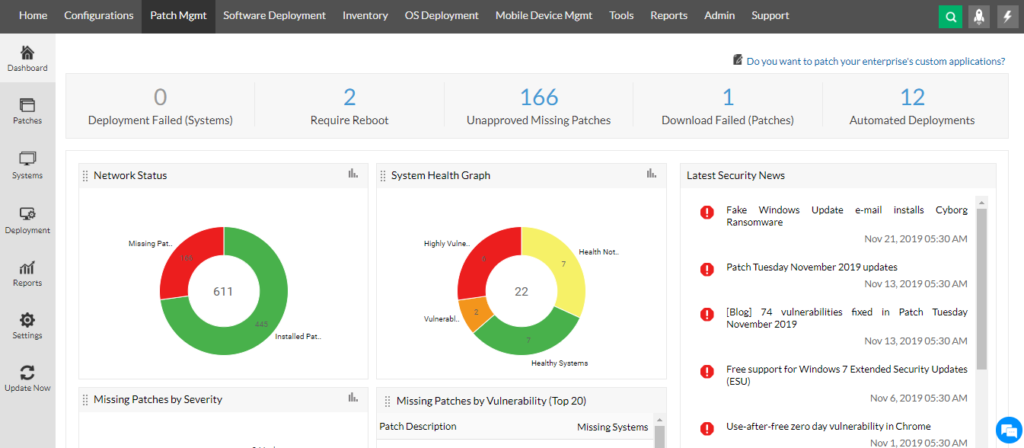
ManageEngine Patch Manager Plus provides automated patch deployment, patch compliance monitoring, and detailed reporting. The solution’s dashboard offers real-time insights into the patching status across the network.
- Pricing: Affordably priced based on the number of computers, making it an attractive option for organizations seeking cost-effective yet powerful patch management.
- Review: Users commend its ease of use, and ManageEngine Patch Manager Plus is recognized for its robust patch management capabilities. The solution’s simplicity contributes to its popularity among IT administrators.
Symantec Patch Management Solution
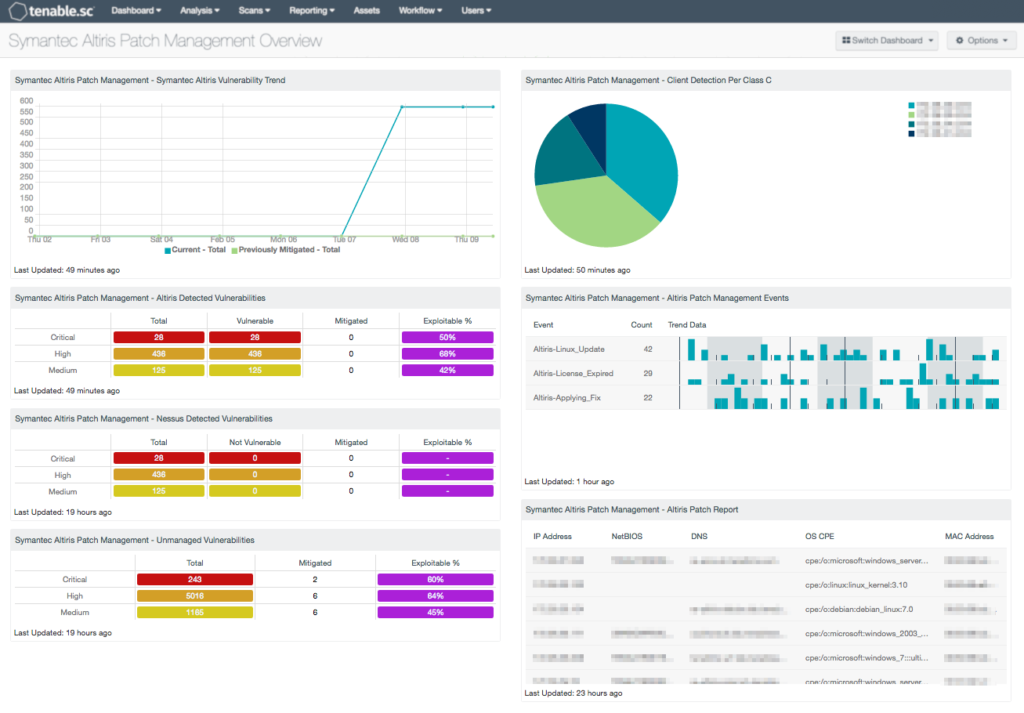
Symantec’s Patch Management Solution combines automated patch deployment, vulnerability assessment, and seamless integration with Symantec Endpoint Protection. This integration enhances overall security posture.
- Pricing: Customized pricing based on organizational requirements. While the solution may not be the most budget-friendly, its integration capabilities contribute to its value proposition.
- Review: Noted for its integration capabilities, some users express a desire for a more intuitive interface. Symantec Patch Management Solution is often chosen for its holistic approach to security.
In conclusion, each of these top 5 vendors brings unique strengths to the table, catering to the diverse needs of organizations in the realm of Windows Server Patching. The choice among them depends on factors such as the scale of the network, specific feature requirements, and budget considerations.








